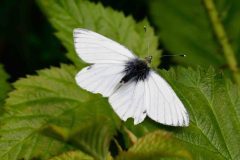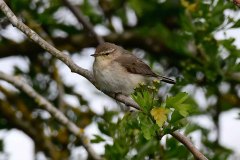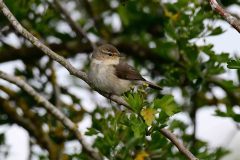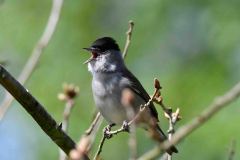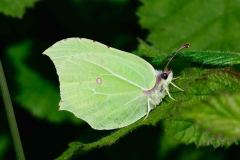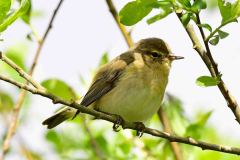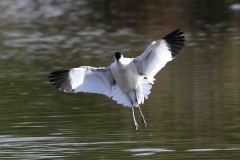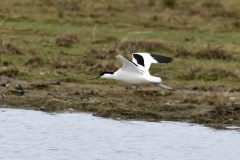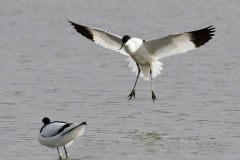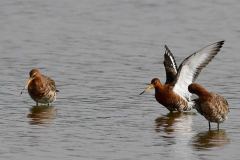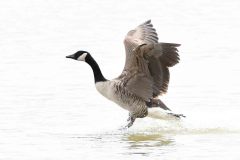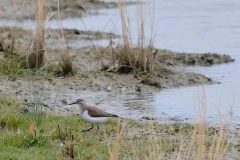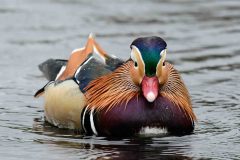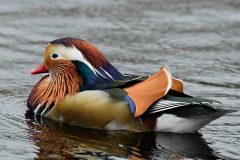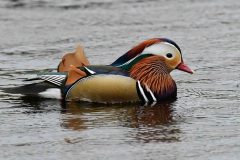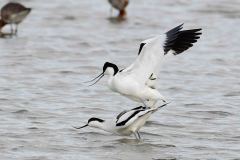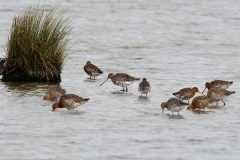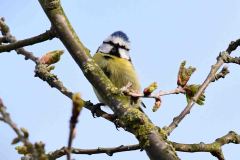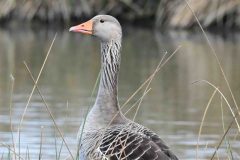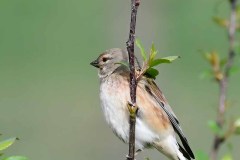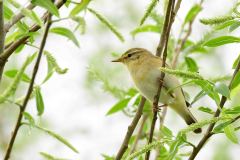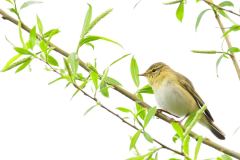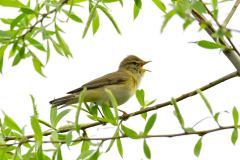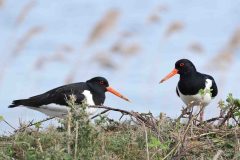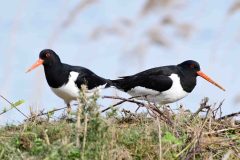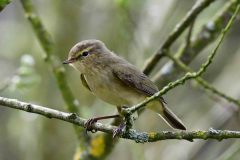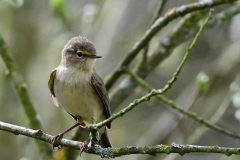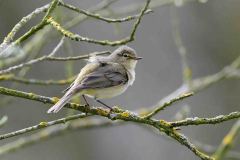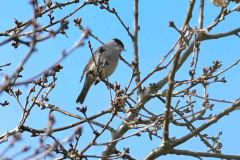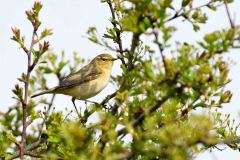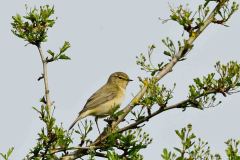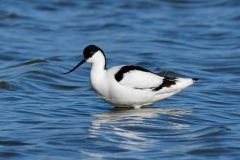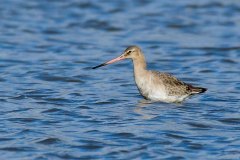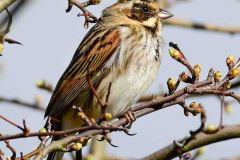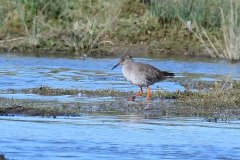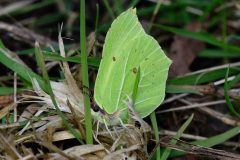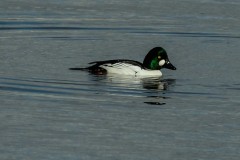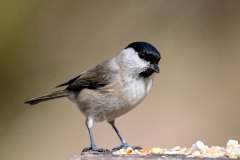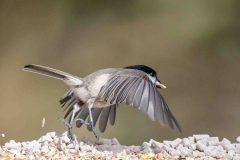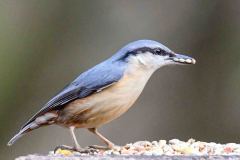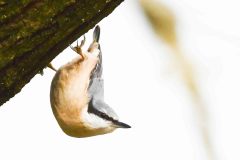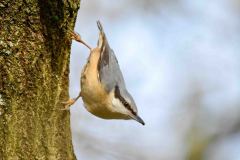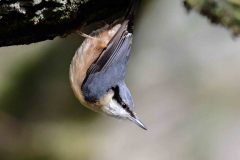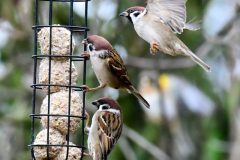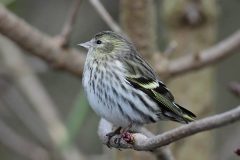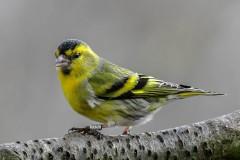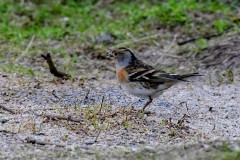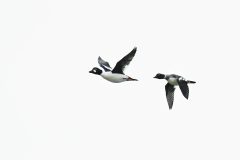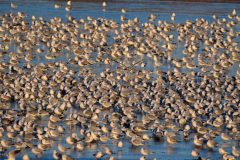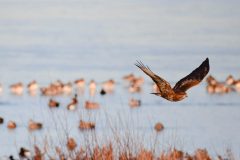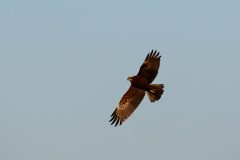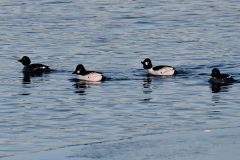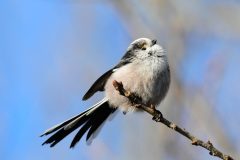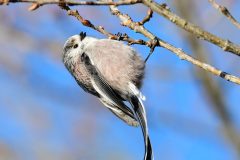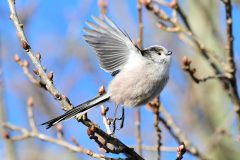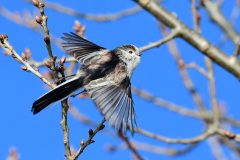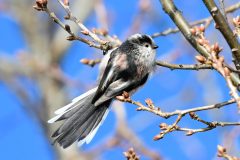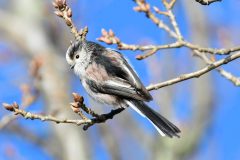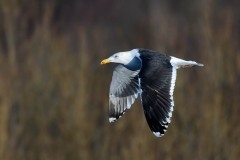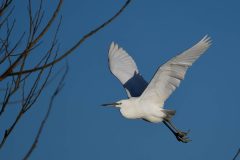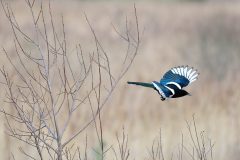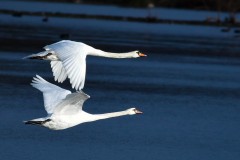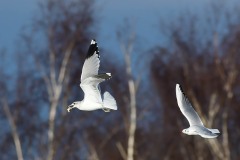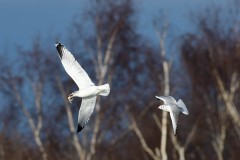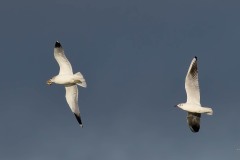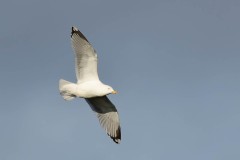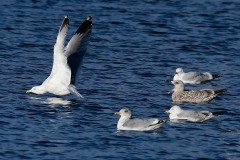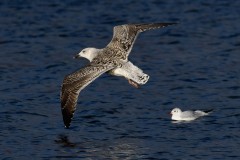Lound – 21 April 2024
Lound – 20 April 2024
First Cuckoo heard calling, also Great and Lesser Whitethroats calling. Bitterly cold northerly and water levels too high at the moment.
RSPB Adwick Washlands – 18 April 2024
An exceptional days birding; 51 species record including Swallows, Sand Martins, House Martins. LRP, Common Sandpiper, Yellow and White Wagtails.
NT Longshaw, Derbyshire – 13 April 2024
A return to this delightful NT estate agter several years to photograph a more exotic bird.
Typical dark peak weather, rain.
RSPB Adwick Washlands – 12 April 2024
Another visit to this delightful open reserve to see what spring has brought in so far.
31 species recorded that included common sandpiper, redshank, black-tailed godwits (10), avocets (numrerous), singing reed warblers and cetti’s warblers, reed bunting and linnets amongst others.
Lound – 11 April 2024
Another warm day feeling springlike at last. Looking for willow warblers today.
Also spotted beefly, alderfly, speckled wood, brimstone, a white, and mining bees.
Lound – 6 April 2024
A strangly warm day (19 deg.) with blustery winds that kept the birds sheltering. Trees now getting some leaf cover which helps to also hide the birds. More beefly, brimstones and Peacocks about.
Lound – 31 March 2024
Another sunny day enjoyed chasing the chiffchaffs. Still waiting for my first willow warblers to arrive.
Lound – 26 March 2024
A warm sunny morning, my first Beefly sighting. Lots of Brimstone about.
Chiffchaffs a plenty, a joy to hear the song of the Blackcap again, and Cetti calling but could not locate for a photo.
RSPB Adwick Washlands – 18 March 2024
Another sunny morning and my first visit to the site this year. Highlight was a distant pair of Med Gulls amongst the Black-headed Gulls.
NWT Idle Valley (Lound) – 16 March 2024
First Butterfly of the year, a Brimstone; lots of Bumble bees on the willows and 35 bird species counted incuding my first Chiff Chaffs for the year.
Sherwood Forest – 14 March 2024
An improvement in the weather encouraged getting the camera out again. A report of a Marsh Tit visiting a feeding table was my target for today.
Dinnington – 6th March 2024
I posted this email to our committee members seeking further information regarding the early emergence of a local bat.
Whilst walking my dog this afternoon, at 5,50 pm I watched a bat flying around our local park.
I am not aware when they come out of hibernation, but did think that this was rather early, especially with the low temperatures we have been having of late.
Can anyone enlighten me?
I received a responce from Louise and Colin, and I include Colin’s detailed explanation here.
Dear Les,
The bat observation is fascinating, particularly regarding the early date and cold temperatures.
Although a rare occurrence, these aberrant emergences do happen.
Specimens out and about in winter that have been caught and examined by researchers have mainly turned out to be under-weight males. Presumably their lack of winter fat reserves has triggered their emergence in a desperate bid to feed … presumably on the odd winter moth or may be a cloud of winter gnats.
Actually it’s very unlikely they could find enough food even to replace the energy expended in emerging from hibernation and revving up to take flight.
Typical Males … rubbish at organising their lives … too busy socialising in the autumn to properly fatten up for the long sleep.
The Females, on the other hand go into hibernation well fed, fat, round and possibly pregnant (or at least inseminated) and well prepared for their future responsibilities.
CAH
YWT North Cave – 30 Jan 2024
RSPB Old Moor – 23 Jan 2004
On an over-cast, rainy day so light quality is poor.
YWT Idle Valley NR (Neatholme Scrape, Lound) – 18 Jan 2024
The winter roost of gulls attract the preditors
RSPB Old Moor – 16 Jan 2024
RSPB Old Moor – 6 Jan 2024
YWT Potteric Carr – 13 Jan 2024
Herring gull being mobbed by black-headed gull.
Herring Gull – Larus argentatus
Lesser black-backed gull – Larus fuscus
